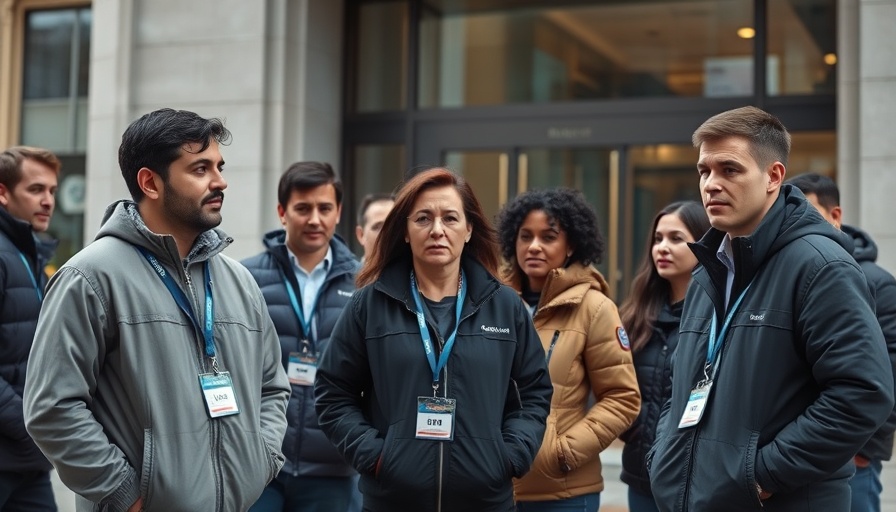
Demand for Regulatory Action Grows
The recent stabbing of an illegal ferry ticket seller in Manhattan has reignited calls for stricter regulations against ticket scammers who prey on tourists. Mayor Eric Adams has expressed his intention to revisit the issue after the incident, which occurred amidst rising frustrations among ferry operators about the rampant unauthorized ticket sales at Battery Park. The legitimate ferry company, responsible for transporting visitors to the Statue of Liberty, claims it is losing up to $3 million annually due to this illegal trade.
Legal Measures Take Shape
In light of these challenges, New York City Council members Keith Powers and Chris Marte have proposed a tougher bill aimed at cracking down on fraudulent ticket sales. This revised legislation shifts the regulatory focus from individual sellers to the companies that employ them. It seeks to hold businesses accountable for training and sales practices, thereby addressing long-standing issues of consumer deception and aggressive sales tactics.
The Impact on Tourists and Local Businesses
Tourists leaving the Bowling Green subway station are confronted by a horde of aggressive vendors attempting to sell tickets to a ferry that only passes the Statue of Liberty. This deceptive practice not only frustrates visitors but also hampers the economic viability of legitimate operators in the area. As Adams prepares to revisit the Statue of Liberty ferry area, the implications for local businesses and tourism are profound. Stricter regulations could restore trust in the ticketing industry and ensure that tourists receive the experiences they expect.
Community Calls for Reform
Following the stabbing, community advocates are rallying for reforms that address the darker side of tourist interactions in the city. The increased visibility of illegal vendors and their aggressive tactics have not only deterred visitors but raised safety concerns. Mayor Adams's commitment to tackling these issues signals a potential shift toward a safer and more ethical tourism environment.
In conclusion, as New York continues to attract millions of tourists each year, the challenge of illegal vendors remains a pressing concern that requires immediate attention. Engaging with lawmakers and supporting new regulations could reinforce the integrity of the city’s tourism sector, ensuring a positive experience for all.
 Add Row
Add Row  Add Element
Add Element 



Write A Comment